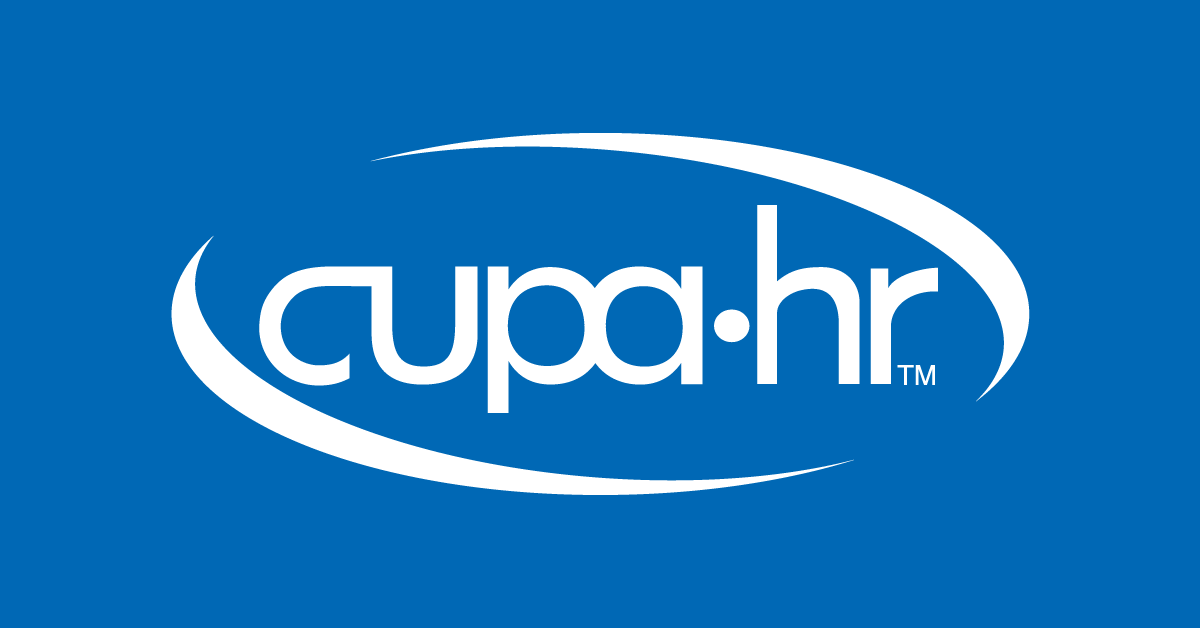by Andy Brantley | January 30, 2025
In the wake of the recent Executive Orders on DEI, gender identity and immigration, higher ed institutions, like so many other organizations, are assessing the impacts and formulating next steps.
Amid the inevitable changes that lie ahead, it’s important to remember that the role of HR in creating and sustaining a higher ed workplace that provides access and opportunity for all employees hasn’t changed. The programs, policies, processes and language we use to support this work may need to evolve, but the work and the institutional values it supports remain the same.
We can still:
- Promote equitable work and career pathing opportunities and pay for all employees.
- Cultivate inclusive learning and working communities.
- Create a workplace culture that embraces respect and civil discourse.
- Level the playing field for everyone by working to remove bias, reviewing outdated policies, and creating transparency.
- Reinforce institutional values by ensuring that all employees feel connected and supported.
However, as we review and evaluate the work we’re doing, we have the opportunity to do so with fresh eyes, reframing it in ways that are both purpose-driven and inclusive. For example:
- Communities of people with diverse backgrounds and life experiences create opportunities for community members to grow, both personally and professionally. To support a diverse workforce, institutions must explore ways to generate a more diverse applicant pool.
- Access, opportunity and equitable pay for all employees promote job satisfaction, recruitment and retention. To support access and opportunity, institutions must identify and remove roadblocks to opportunity. To support equity in pay, institutions must ensure their compensation structures support these efforts.
- A safe and welcoming work environment fosters community and collaboration. To create a work environment that’s welcoming and psychologically safe, institutions must ensure that systems, policies and processes are free from discriminatory practices.
If you have resources or ideas to share with other CUPA-HR members regarding ways that you and your HR colleagues are refining your approach to creating and sustaining an inclusive campus community, please email them to [email protected]. Your submission will be treated as confidential and, if shared, will be described in terms that will not identify your institution.
You’re Not Alone
We know that HR leaders are often caught in the middle as different groups of employees and administrators express strong opinions and feelings regarding changes we must implement. In the coming weeks, CUPA-HR will share guidance and support to help you make changes to programs, policies and procedures and communicate these changes to the campus community.
We are also hosting webinars focused on the recent Executive Orders, as well as the rollback of the Title IX regulations. And we’ll continue to keep you informed about future Executive Orders and legislation, as well as potential actions we should take as higher education HR leaders.
The higher ed HR community has proved time and again how strong and resilient it is. Thanks for all the ways you lead and support your organizations, your employees and your CUPA-HR community.


